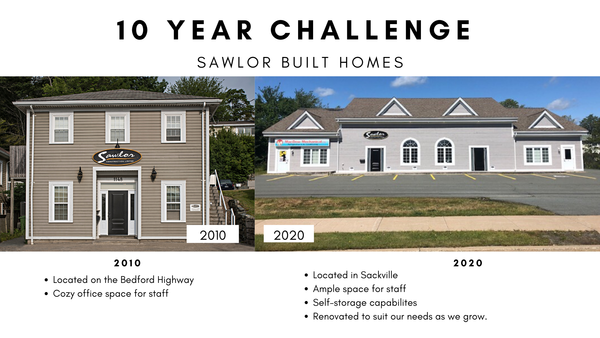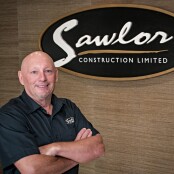Energy Efficient Practices: Then and Now
If we were to look at how energy efficient practices have evolved in the homebuilding industry these past 10 years, today’s standards would be the clear winner.
The 10-year challenge has been all the rage on social media, where people compare themselves now to who they were a decade ago.

If we were to look at how energy efficient practices have evolved in the homebuilding industry these past 10 years, today’s standards would be the clear winner.
Then
In 2010, energy efficiency was on the radar of most homebuilders. People were feeling the effects of the economic recession and looking at ways to save money in the long run. Living in an energy efficient home, with lower monthly utility bills, was one way to do that.
At the same time, conserving natural resources was a concern. By building homes with less of an environmental footprint, homeowners and homebuilders did what they could to address the problem.
ENERGY STAR® was one of the major players in energy efficient building at that time. Builders aimed to construct ENERGY STAR qualified homes, meaning they used products and materials that met certain energy-saving requirements.
Now
Today, builders still choose ENERGY STAR qualified products and materials, but their understanding of practices that make an energy efficient home has significantly improved.
Passive houses have gained in popularity – in fact, Canada’s first-ever passive house was built for the 2010 Winter Olympics. This type of energy efficient home is insulated, airtight, has high-performance windows and doors, uses balanced heat- and moisture-recovery ventilation, and relies on the sun to keep it warmer in the winter and cooler in the summer. The Passive House Institute US (PHIUS) certifies builders to use its techniques.
Net zero and net zero-ready homes are the latest on the homebuilding front, with the Canadian Home Builders Association (CHBA) launching its Net Zero Home Labelling Program in 2017. These homes produce, or will eventually produce, as much energy as they consume.
By 2030, the Canadian government expects that all new buildings across the country will be, at the very least, net zero ready.
Energy efficient building practices are now a necessity, with even code-built homes having to meet certain energy efficiency requirements. While the homebuilding industry has come a long way, builders who go beyond the accepted standards keep it moving forward.






Post your comment
Comments
No one has commented on this page yet.
RSS feed for comments on this page | RSS feed for all comments